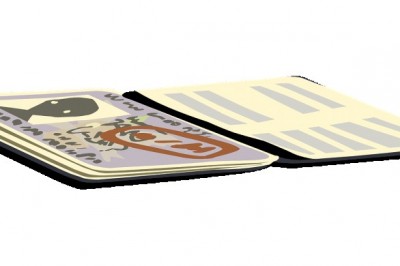Tire Codes – Understanding What The Numbers on Your Tire Mean
Modern tires have come along way when it comes to ride and complexity. Every tire has a unique purpose. To understand what you have and the type of tire you need, you have to grasp what the tire code on the side of the tire means. Many people view tires as a form of folded over rubber that makes their drive a bit less jarring. In truth, they are surprisingly complex structures. The average tire has plies, steel belts, inner liners, beads, sidewalls and treads. The way in which these elements are combined dictates what the tire can do and how it will perform. The writing on the side of the tire bears this out if you can understand it! The code in question will often read something like P225/75R15 H95. To understand how the tire works, we need to break down the elements of the code. The first element of the code is the "P". It refers to the type of car the tire is intended for. As you might imagine, a tire for a Mini Cooper is going to be significantly different than a tire for a Ford 250. "P" always refers to a tire intended for a passenger car. "LT" refers to tires intended for trucks. The first number in code refers to the tire width. The "225" above is the distance in millimeters across the tread from one side to the other. The higher the number, the wider your tire is going to be. The number after the forward slash, in this case 75, represents the aspect of the tire. What the heck is "aspect"? It is a fancy way of describing the sidewall. The number does not represent the millimeters across the sidewall. Instead, it refers to the distance from the wheel to the tread divided by the width of the tire, to wit, the number in the previous paragraph. The next piece of the code is the "R" in the above example. It refers to the type of tire design. R refers to a radial tire. LT is the other option. Radial tires go on passenger cars. LT refers to truck tires. The number following the R is the easiest part of the code to understand. It represents the diameter of the wheel. The wheel is the rim. When people refer to wheels on a car, they are not including the tire if they work on cars. If they are laymen, they tend to bunch it all together. The final letter and number combination refer to the specs on the tire. The letter tells you the speed rating of the car. There are a variety of letters that are used. Each indicates the maximum speed the tire can handle. The number is not that speed. Instead, it refers to the load the tire can carry. Youll have to look in your manual to see what the number represents. Every manufacturer does it a bit differently. The tires are the most important part of your car. There are four points where you car touches the ground. The better the interface, the better the drive. If you want to feel a major change in the drive of your car, spend the money on top tires. The difference can be huge! Dirk Gibson is with DCJAutoParts.com - your online source for high performance parts that can turn your car from a lamb into a lion.




























